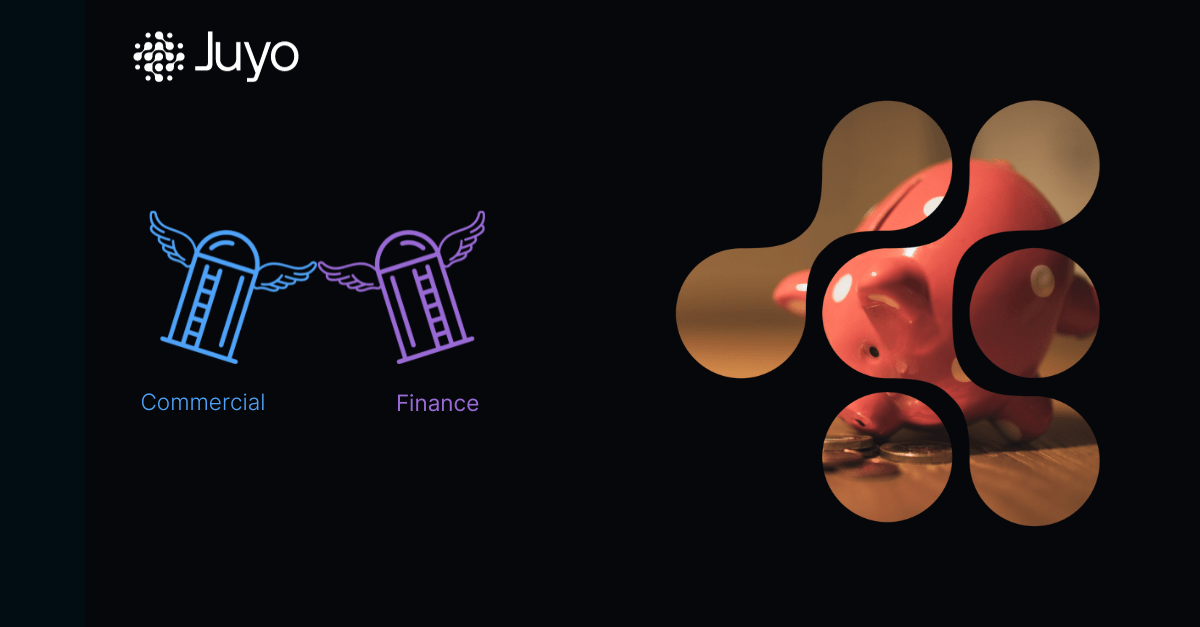October 26, 2023
How to bridge the gap between Finance and Commercial Departments

In today’s environment of high-interest rates and inflationary pressure, optimizing operational efficiency and profitability is imperative. A Strategic Alliance between the Commercial and Finance Departments within hotels is crucial to optimize profit conversion. This integration encompasses a focus on key metrics such as Cost of Acquisition, Profit per Customer, and Profit per Square Meter, which are instrumental in driving financial success. Here are a few areas of collaboration between the two departments.
1. Cost of Acquisition:
A collaborative effort between the commercial and finance teams can significantly help in analyzing and reducing the Cost of Customer Acquisition. The commercial department can track transactional costs at a very granular level to understand channel and segment yield and devise a profitable commercial strategy. Concurrently, the finance department, armed with data on budgetary constraints and ROI analysis, can complete the picture to ensure that marketing spend is optimized.
2. Total Revenue and Customer Profit Contribution:
Understanding and maximizing the profit generated from each customer is vital. The commercial department, with its understanding of customer total spending, is well-placed to design offerings that enhance customer spending and loyalty. Understanding metrics such as Total revenue per Occ Room and Total revenue per Customer will ensure that the commercial strategy is targeted towards high revenue and profit customers.

3. Displacement
Displacement in the hotel industry refers to the situation where accepting one group of bookings may result in the inability to accept other potentially more profitable bookings. This often occurs when a hotel accepts a large booking or block of rooms at a discounted rate, which then fills up capacity, preventing the acceptance of other bookings that could have been made at a higher rate. It’s a scenario that requires careful management and analysis to ensure that the hotel maximizes its revenue potential. Decisions around displacement need to factor in various elements such as booking patterns, forecasted demand, and the rate at which rooms are being sold. In addition, displacement should be calculated at the profit level as this can yield radically different results.
4. Length of stay:
The duration of a customer’s stay is a significant determinant of profitability in the hospitality sector. Longer stays translate to higher profits due to reduced turnover costs and a consistent revenue stream over a more extended period. Moreover, longer-staying guests are likely to spend more on ancillary services such as dining, spa facilities, and in-house entertainment, thereby increasing the total revenue generated per customer. The commercial department can leverage its knowledge of customer length-of-stay trends on a very granular level to devise strategies that encourage longer stays. Simultaneously, the finance department can provide critical insights into the cost per occupied room per room type, as well as for stayovers and departures.

5. Profit per Square Meter:
Hotels are real estate. This metric underscores the importance of utilizing the hotel’s physical space efficiently. By working together, the commercial and finance departments can identify the most profitable use of available space. The commercial team can provide insights into customer demands for various facilities, while the finance team can analyze the cost and return on investment associated with different space utilization strategies. Another area to analyze revenue and profit per square meter is looking at profit conversion per different room type categories.

6. Forecasting, budgeting, and profit engineering:
A harmonious relationship between the two departments fosters a culture of data-driven decision-making. The commercial department can benefit from the finance department’s analytical capabilities in budget planning and forecasting, while the finance department can gain market-oriented insights from the commercial team, making the financial planning more aligned with market realities. Ultimately the Revenue and Profit Forecast should be built on one platform.
7. Profit Flowthrough:
Giving access to the commercial team on flowthrough conversion will enable them to make the right Inventory management decisions which sometimes means refusing business. It also enables the Commercial team to target the right customers and keep everyone focused on one goal. Profit Conversion.
Juyo is the space to connect the dots, enabling hotel teams to become one unified team, break silos, and connect the dots
